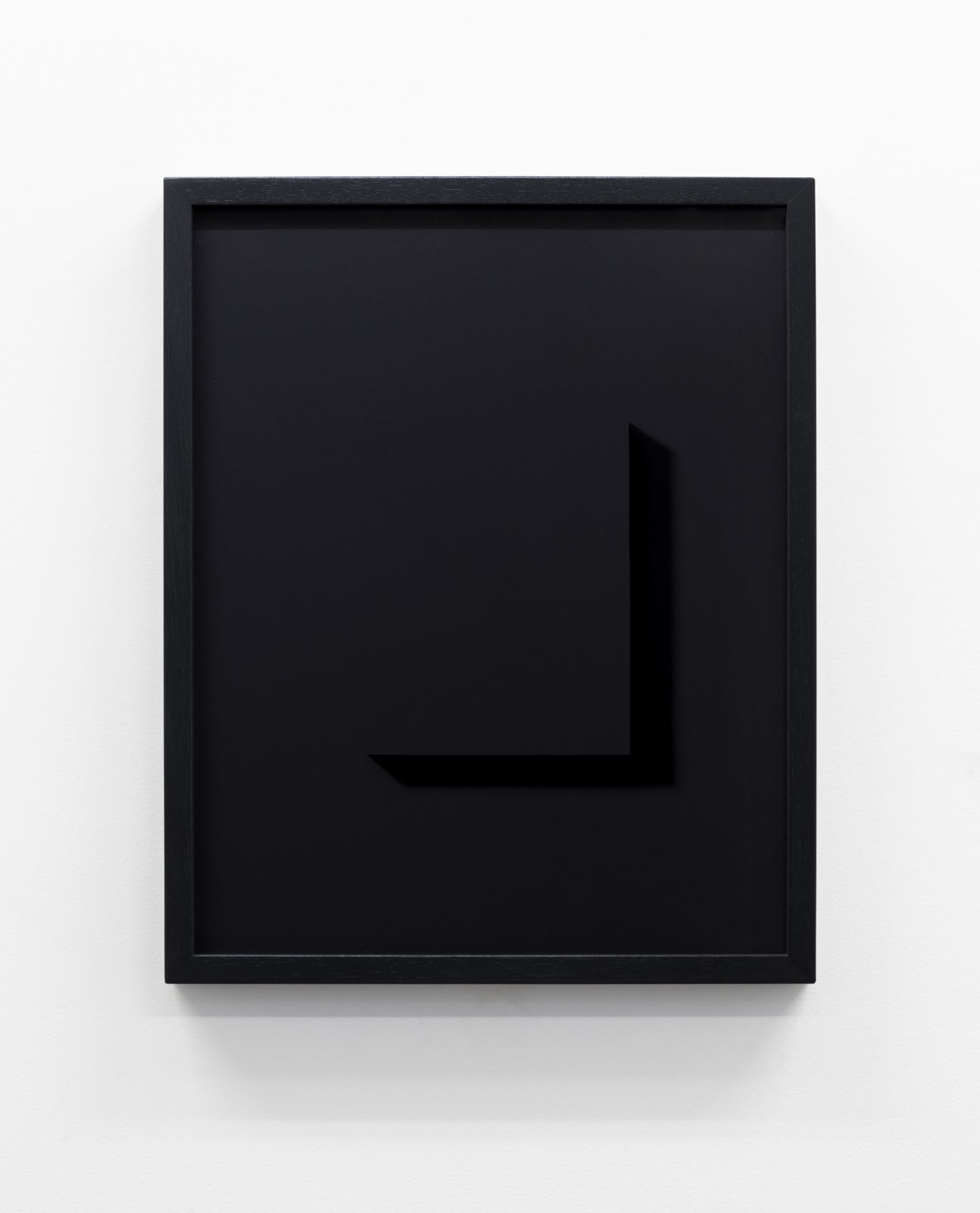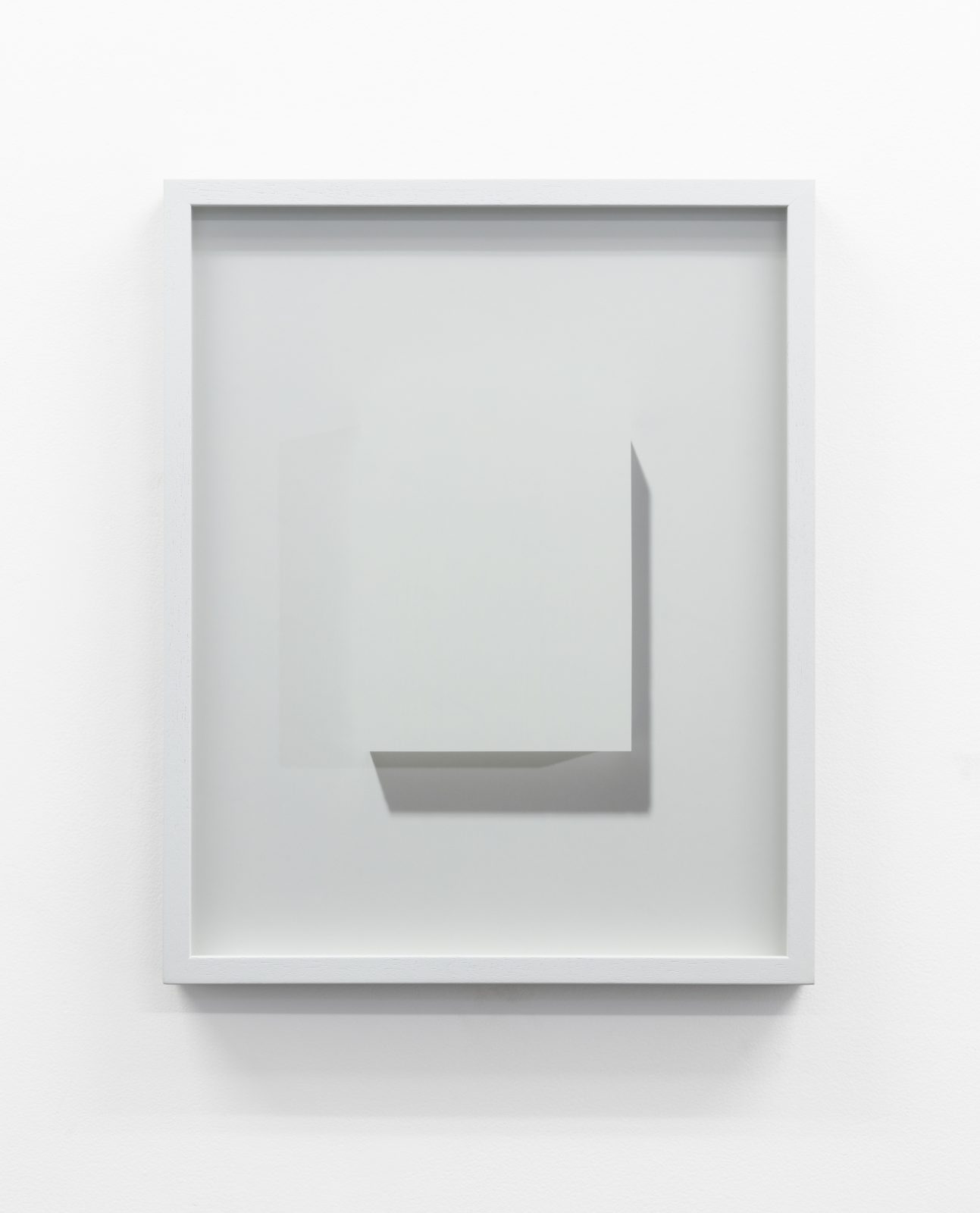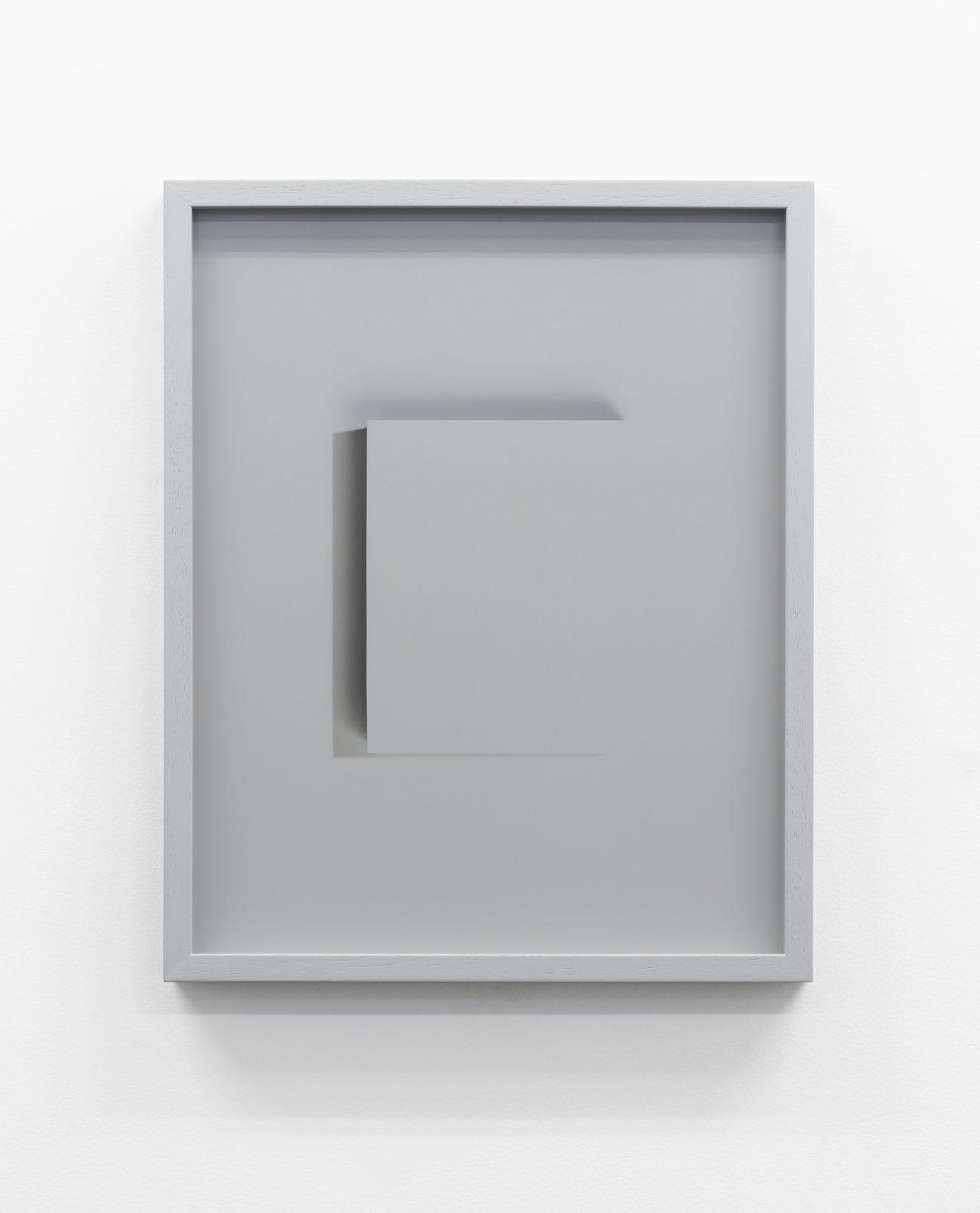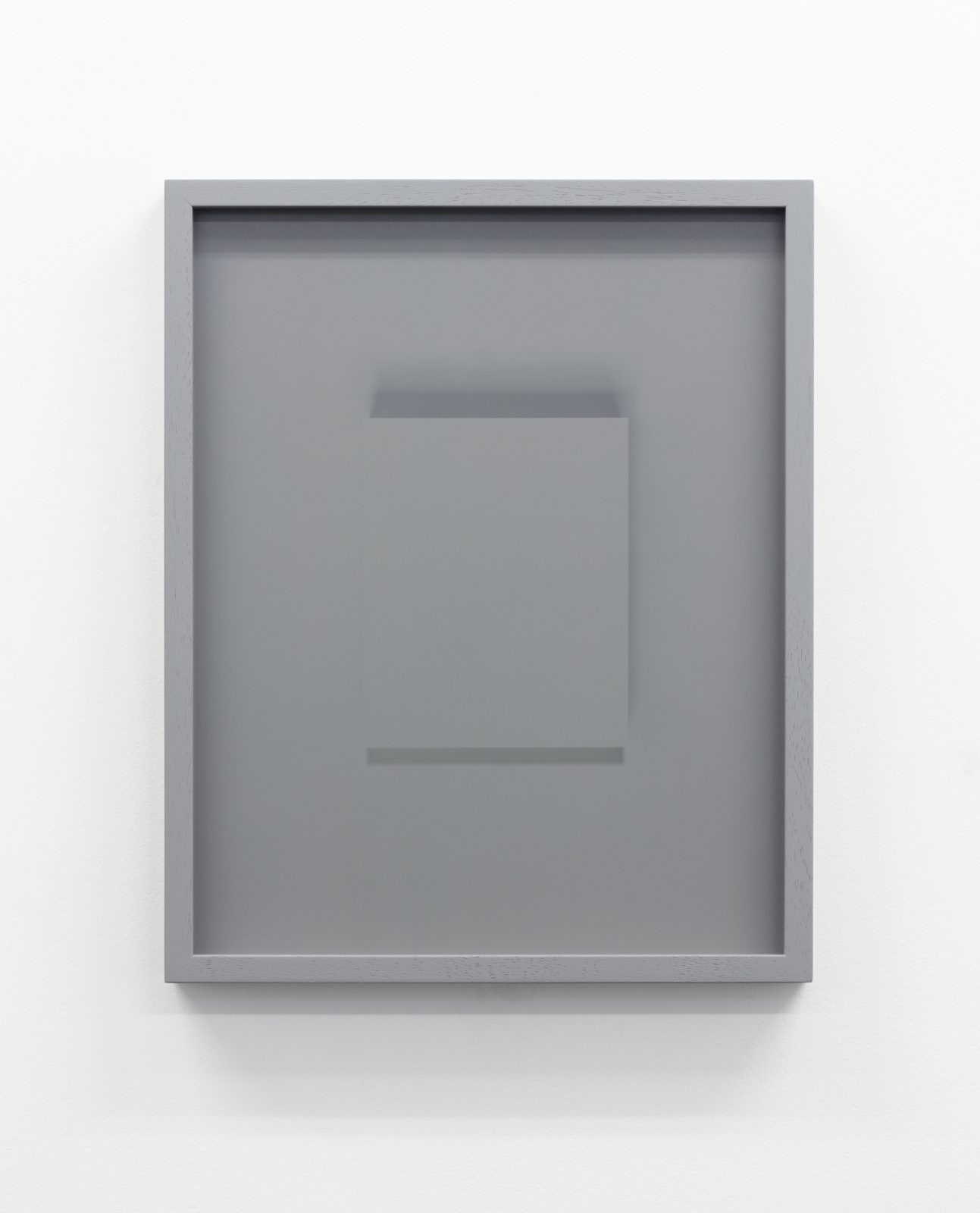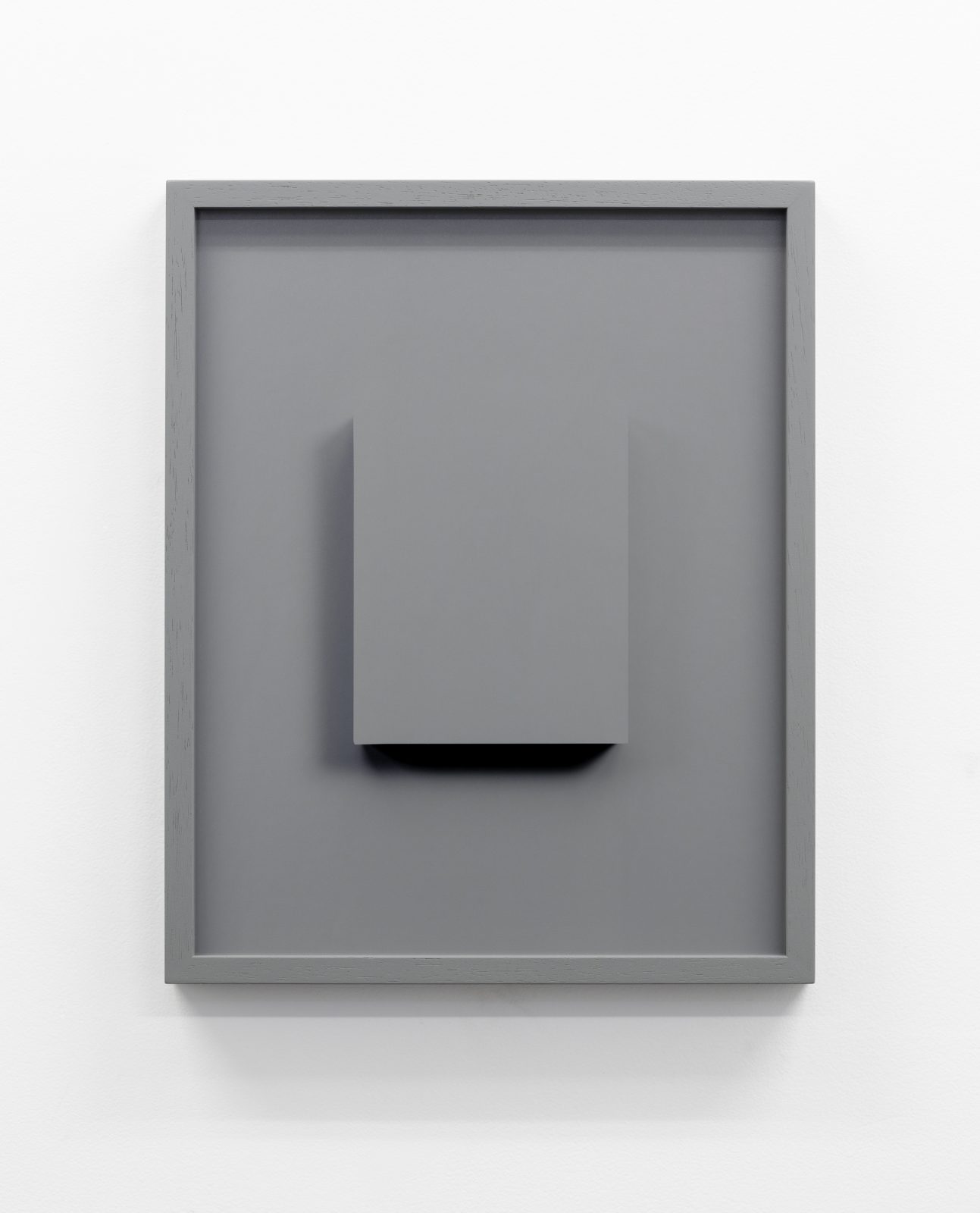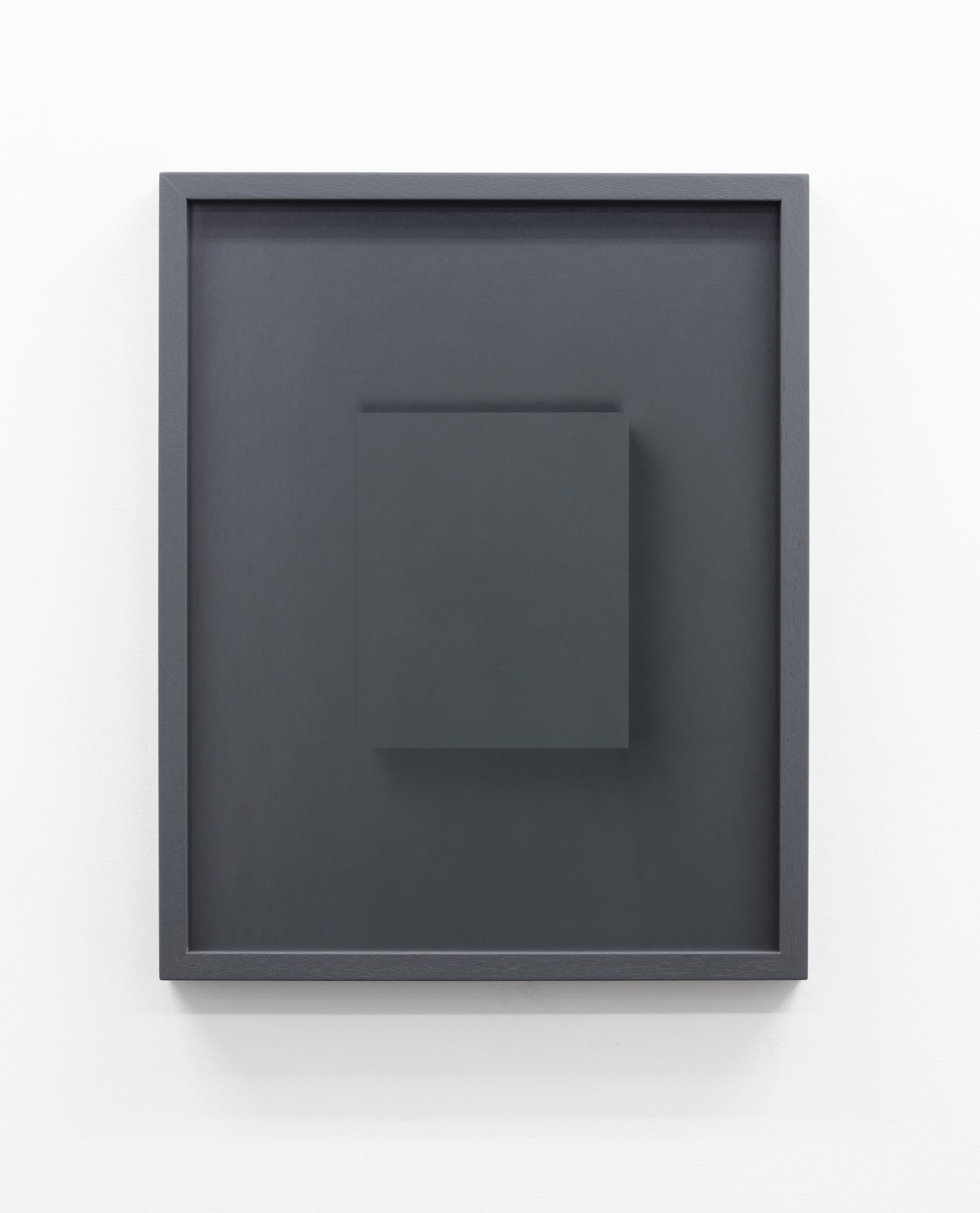Shaun Waugh
box-lids and drop-shadows
2 June - 8 July 2017
We often use colour as a tool, whether it is to enhance an object’s detail or to visualize what ordinarily could never be seen by the human eye. (1)
Shaun Waugh is a Wellington based artist whose practice explores the artistic and technical aspects of the photographic medium. Waugh’s box-lids and drop-shadows photographs are as much deadpan empirical, observations of his selected subjects as they are philosophical proof that ‘seeing is believing’, or that the act of sight is facilitated through a commitment to belief.
Waugh makes refined ‘portraits’ of found photographic film and paper box lids as well as colour checker chart swatches (2), but are unlike a traditional portrait, where decisions emphasise the way in which the photographer may subjectively perceive his or her subject.
The colour of the print float mounted within each of the photo box-lids is generated by taking colour samples of the inside lip of the box-lid using a spectrophotometer, a device that records the wavelengths of light reflected off a surface. The colour data from these readings is used to generate RGB numbers that are employed in Photoshop to create the colour and a print that matches the box-lid exactly.
The box frame is used to frame a two-dimensional bringing analogue and digital printing into an uncomfortably close proximity to create a memorial to a kind of photography that is now defunct. (3)
Waugh’s ‘drop-shadow’ series is produced in a similar manner where the ‘framing device’ is the starting point or informs the photographers approach with regards to his subject. The ‘drop-shadow’ works, consist of cast shadows of colour blocks,( the hue of the the block’s surface taken from the colour chart and used as a ‘recipe’ and mixed at Bunning’s paint department. The painted block is removed from the final image in Photoshop, leaving a trace of its presence through the shadows it casts. The block’s penumbra and umbra is an intersection of the flatness of the picture plane and spatial qualities of colour. The notion of illusion or trick of the eye, as more convincing than the empirical or physical status of the swatches is another area of interest to Waugh’s photographic investigations.
Like other forms of representation, the gathering of information by the natural sciences or the empirical collection of data is largely intertwined with the history of photographic images and processes. Parallels can be drawn with Waugh’s artistic processes with the way in which NASA scientists receive and interpret data from the Hubble Space telescope.
Hubble’s ‘camera lens’ does not have the capacity for measuring the colour of light as it passes directly through its sensor, but rather makes an image of its subject through multiple exposures through a variety of filters. These filters record light wavelengths that in most circumstances would be completely invisible to the human eye. After Hubble’s images are received, scientists then collage or collapse the multiple exposures into one ‘photographic representation’ or ‘layer’ while also assigning ‘colour’ to the filters, to emphasis the detail of the cosmic plumes so that it is no longer unobservable phenomena to the human eye.
The experience of Waugh’s art and of the images of space made visible by Hubble reaffirm that whatever the realities, empirical observation or observation is a perceptual process open and made real by the human brain. Hubble’s technology and Waugh’s photographs might initially seem to be criminal partners in observation and the pursuit of a ‘truthful representation of colour and light through visual deceptions. Yet, while the Hubble telescope would be pleased to acknowledge the validity of its measured realities, the experience of Waugh’s photographs represent a far more compelling response, qualifying such empirical certainties and human sense data with a welcoming question mark.
(1) http://www.space.com/8059-truth-photos-hubble-space-telescope-sees.html
(2) A Colour Checker chart, a colour calibration aid that that assists photographers in adjusting the settings on their camera, and in post production, to mimic the colours of natural objects like foliage or human skin.
(3) Emanations: The Art of the Cameraless Photograph, Geoffery Batchen. Published by The Govett-Brewster Art Gallery and DelMonico Books, Prestel, on the occasion of the exhibition Emanations: The Art of the Cameraless Photograph, organised by The Govett-Brewster Art Gallery, New Plymouth, 2016
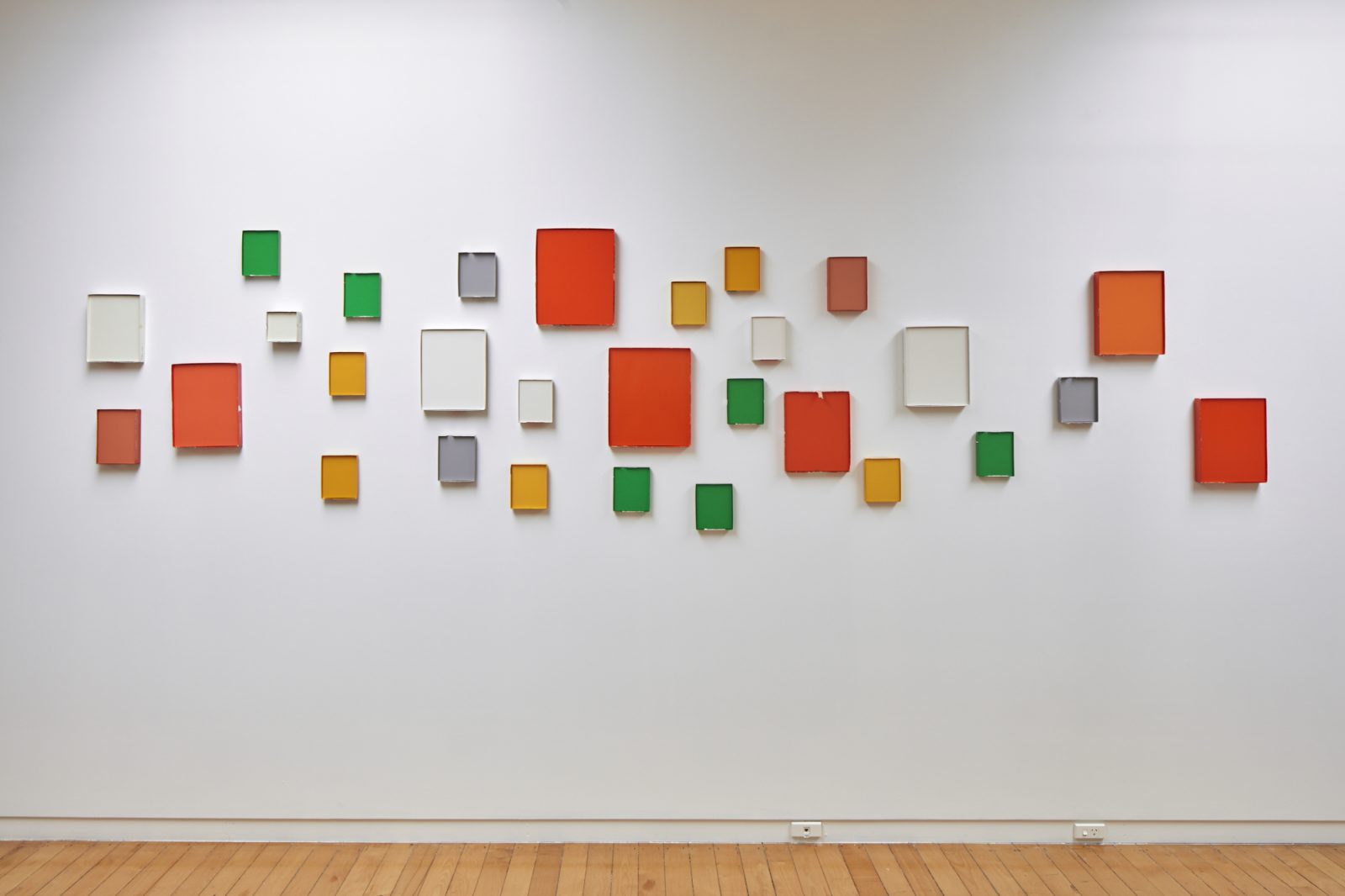
Agfa, Kodak, Fuji and Ilford paper box lids with mounted archival pigment
29 individual box-lids, dimensions variable
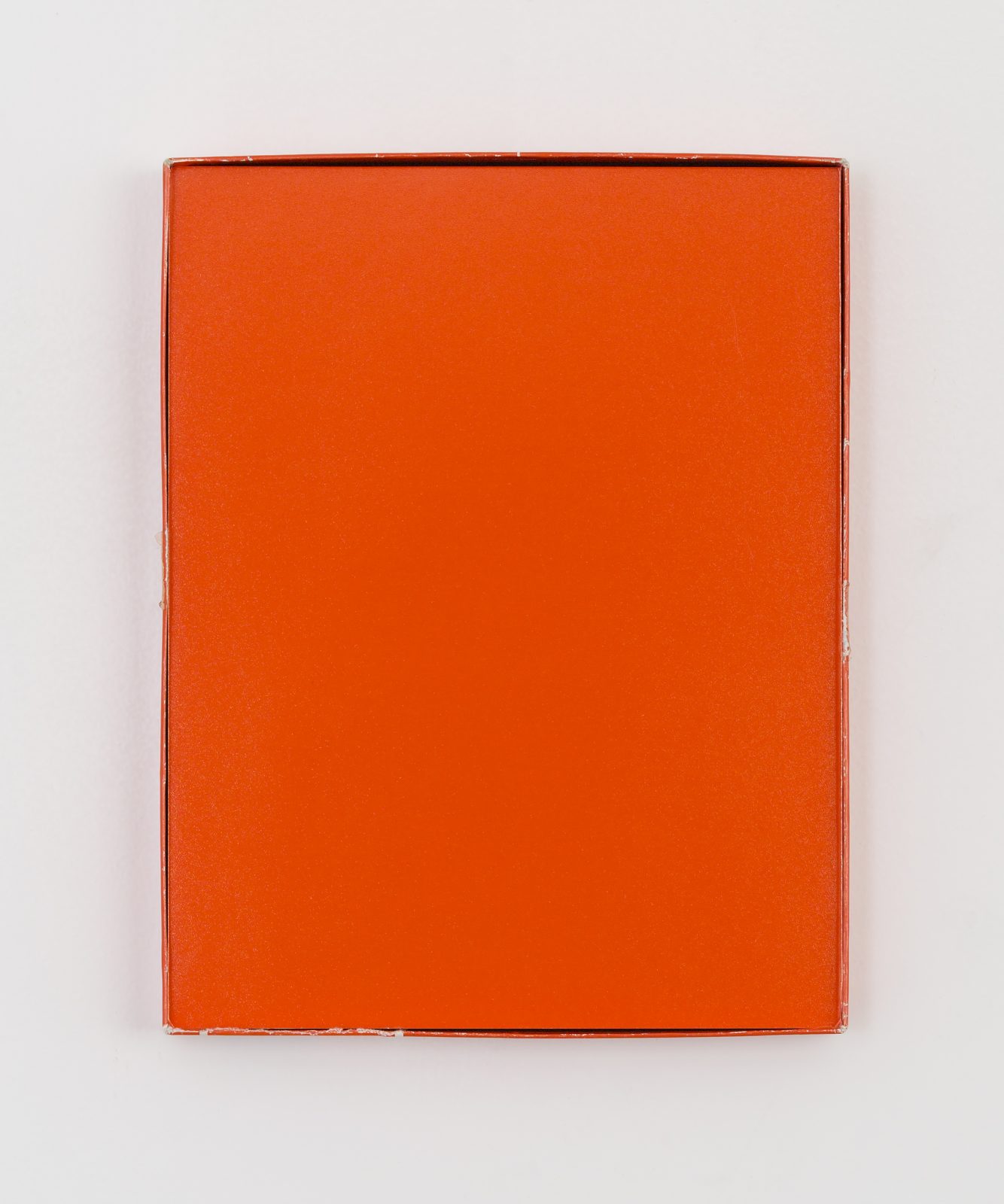
Agfa paper box-lid with mounted solid Archival pigment print
280 x 220 mm
Unique
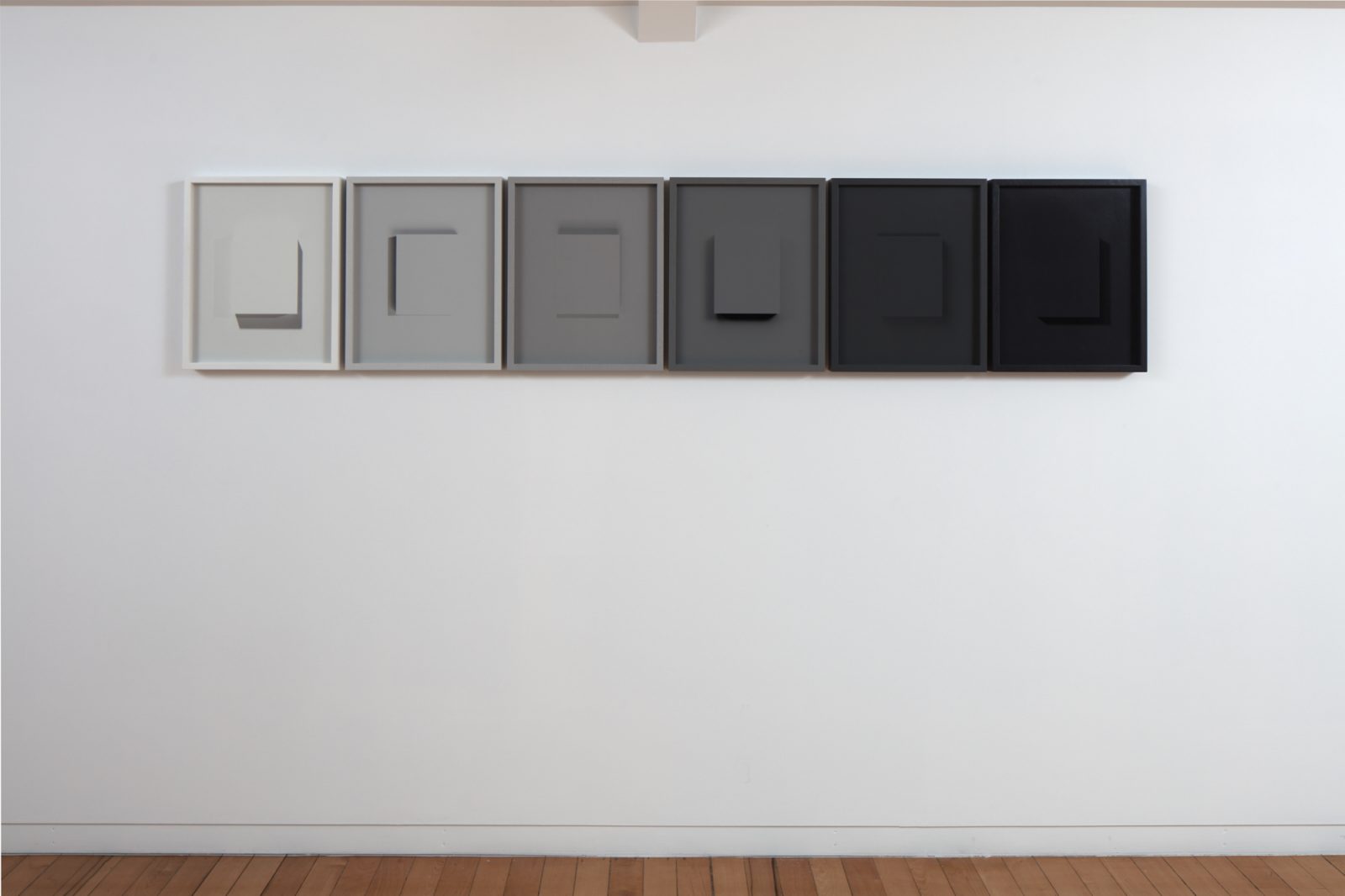
Archival pigment prints, custom printed frames
Each 485 x 395 mm
